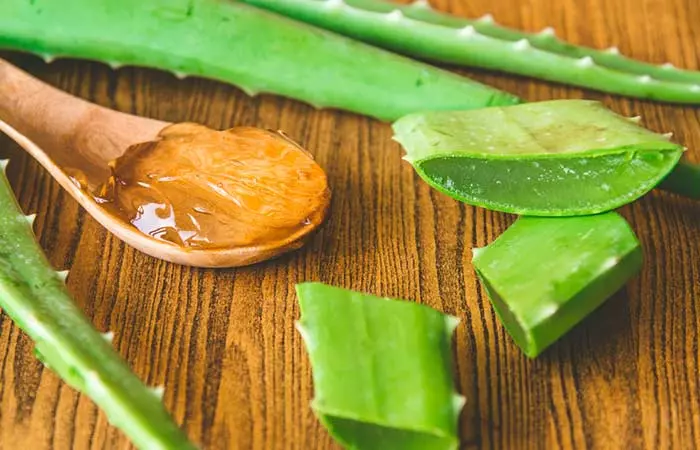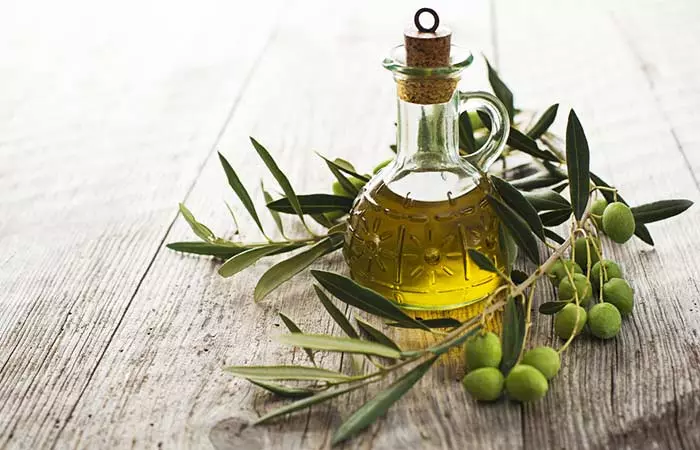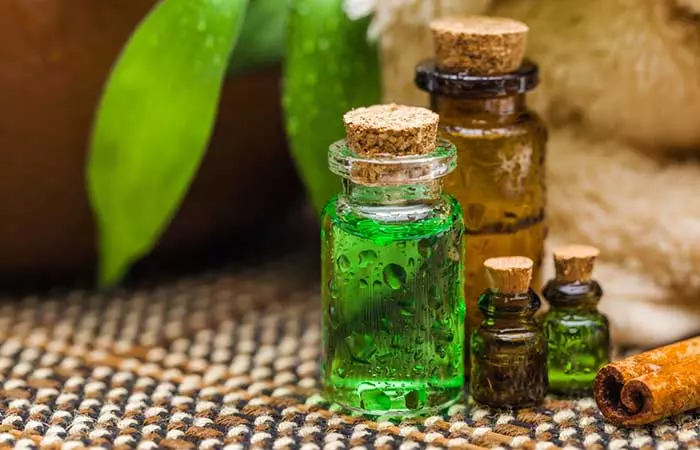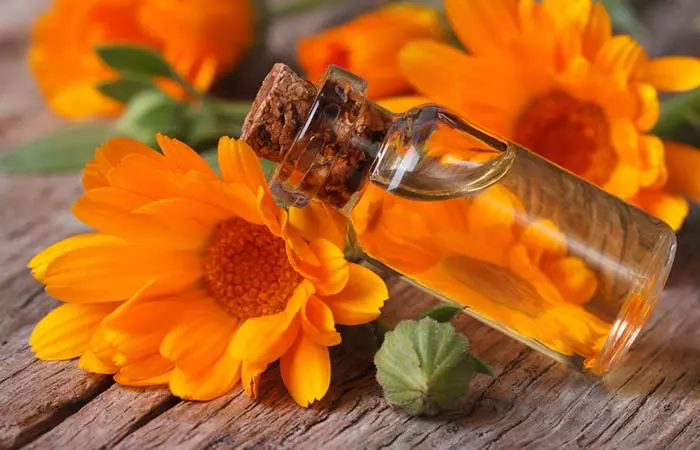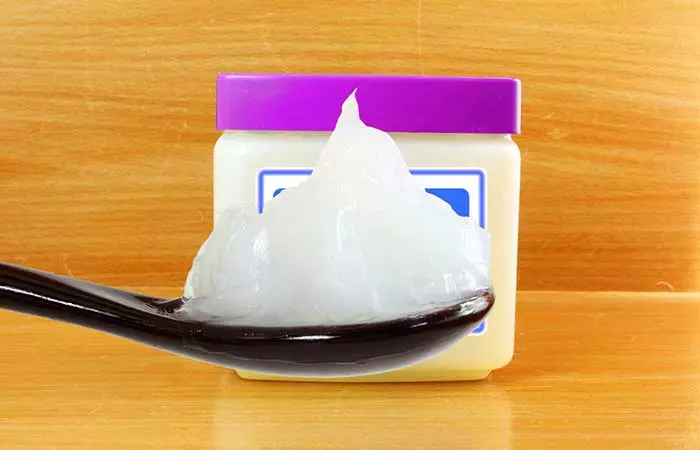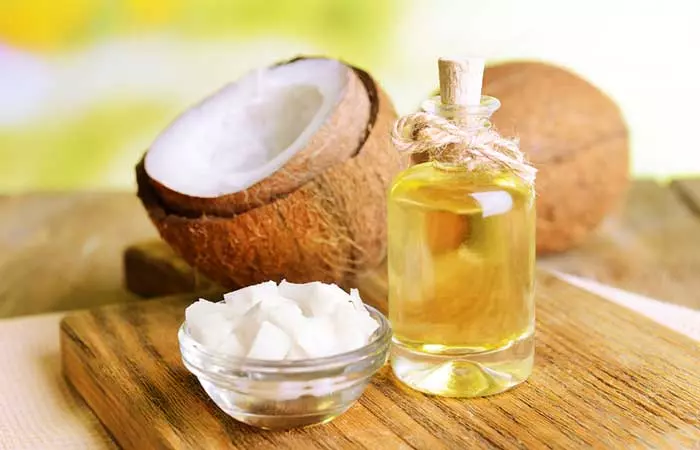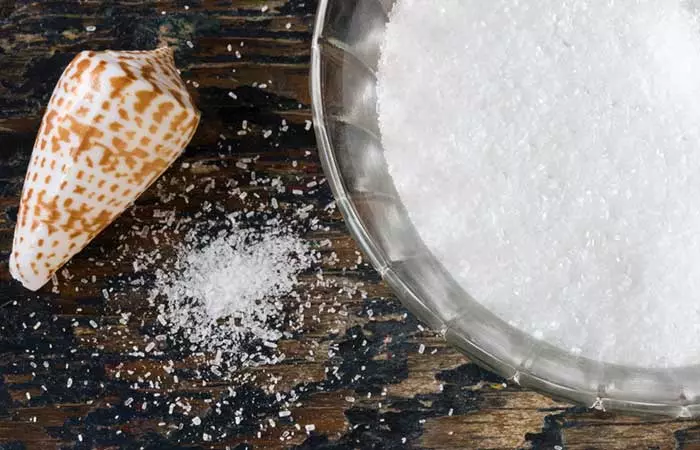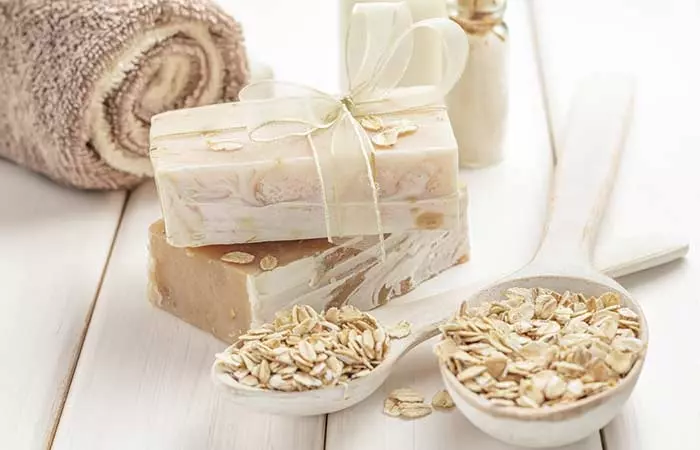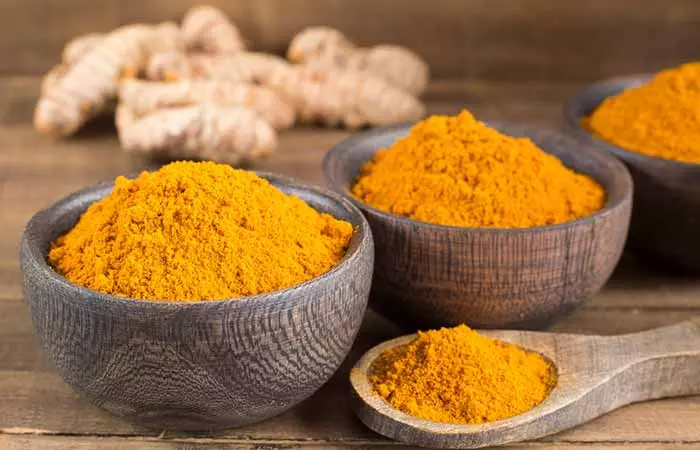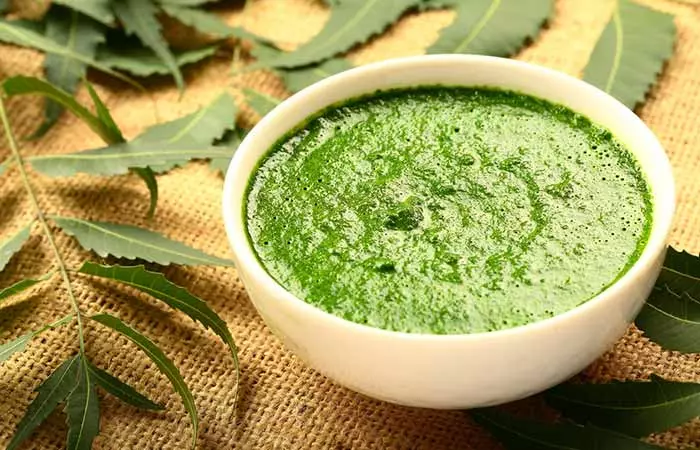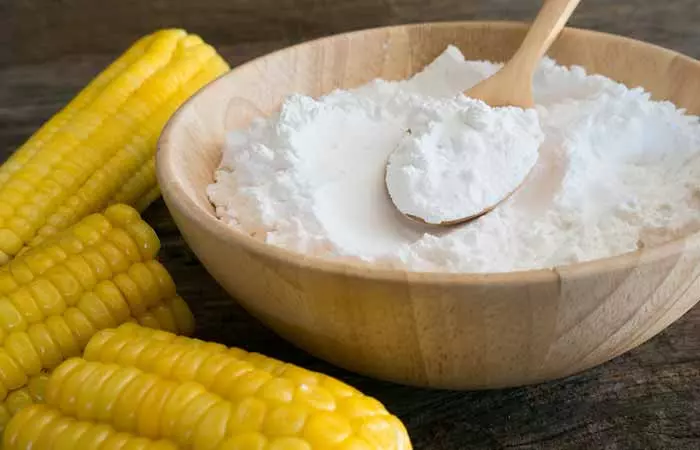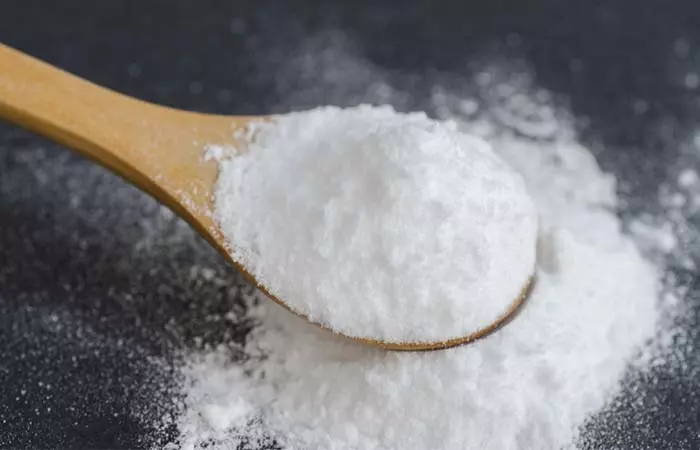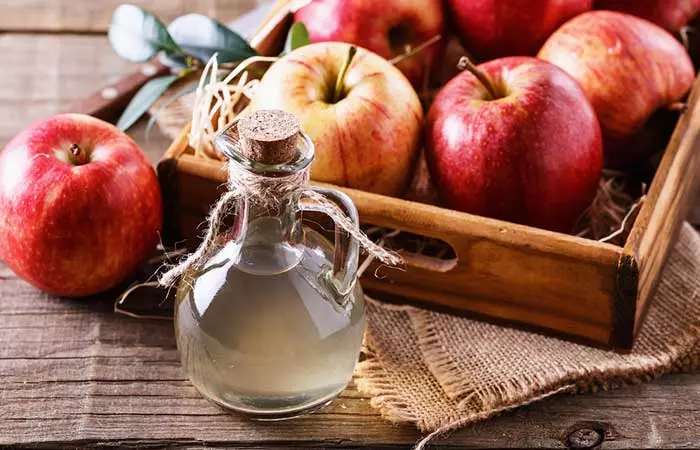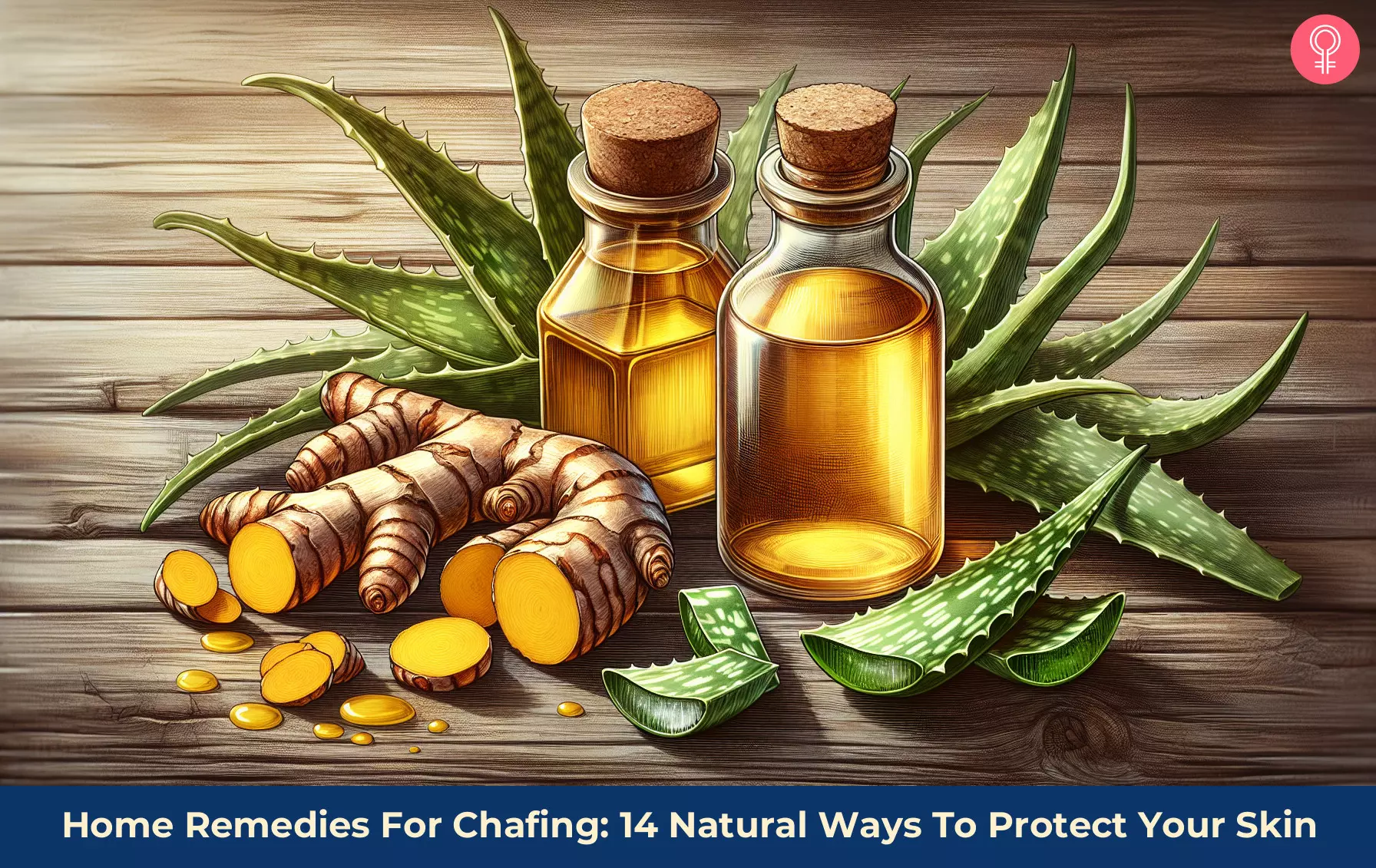What Is Chafing?
Chafing is a very common skin problem. You must have observed that prolonged scratching of your skin due to an irritating fabric, friction, or moisture causes your skin to burn and sting. This results in skin rashes, which are referred to as chafing rashes. Excessive scratching of your skin may result in the following signs and symptoms.
Signs And Symptoms Of Chafing
Chafing is often characterized by the onset of skin rashes. These rashes can be:
Itchy Red and inflamed Burning or stinging
More severe cases of chafing may cause your skin to:
Swell Crust Bleed
Chafing rashes have more to do with rubbing your body parts against each other or against your clothing. And that takes us to the factors that cause the rashes.
Causes And Risk Factors For Chafing
Chafing mostly occurs when:
Your skin rubs against itself, especially when wet. The fiber of your clothing is irritating, and your skin rubs against the cloth. Your skin or clothing is wet.
Some factors can increase the risk of chafing. They are:
Participation in endurance sports like biking and running. Athletics Obesity Breastfeeding Wearing soiled diapers for too long – This is true especially in the case of infants and older adults who use diapers. Wearing a skirt – Without pants or leggings to protect your legs, your thighs may rub against each other and develop chafing rashes. Wearing ill-fitting clothes – When a loose piece of clothing rubs against your skin, it can cause rashes.
All said and done, we need to know how to treat (and prevent) chafing rashes. Let’s see how.
Home Remedies To Treat Chafed Skin
1. Aloe Vera
1 tablespoon of aloe vera gel Aloe vera speeds up the healing of skin wounds, which explains its efficiency in treating chafing. The anti-inflammatory property of aloe aids the healing (1).
2. Olive Oil
1 tablespoon of virgin olive oil Olive oil is a powerful antioxidant that speeds up the healing of the affected area with its protective and healing properties (2).
3. Essential Oils
a. Tea Tree Oil
6 drops of tea tree oil 1 teaspoon of coconut oil
The anti-inflammatory and antimicrobial properties of tea tree oil treat chafing rashes and prevent any possible infections (3).
b. Calendula Oil
7 drops of calendulai A mediterranean flowering plant that has wound-healing, anti-inflammatory, and antioxidant properties. oil 1 teaspoon of coconut oil (or any other carrier oil)
Calendula oil has anti-inflammatory properties that can accelerate wound healing (4). If oil is not available, calendula cream also has the same effect and can be used alternatively.
4. Vaseline
Vaseline or petroleum jelly (as required) Vaseline keeps your skin well moisturized. It also forms a protective layer on the skin and prevents further infection in the affected area (5), (6).
5. Coconut Oil
1 tablespoon of virgin coconut oil The medium-chain fatty acids in coconut oil keep your skin lubricated and relieve inflammation and swelling (7), (8).
6. Epsom Salt Bath
1 cup of Epsom salt Water
Epsom salt is rich in magnesium, which reduces inflammation and treats the symptoms of chafing (10).
7. Oatmeal Bath
1-2 cups of oatmeal Water
The excellent anti-inflammatory and anti-itch action of oatmeal work wonders in healing chafing (10), (11).
8. Turmeric
2 teaspoons of turmeric powder Water (as required)
The curcumin in turmeric can help in treating chafed skin with its anti-inflammatory properties (12).
9. Indian Lilac (Neem)
A handful of neem leaves Water (as required)
The methanolic compounds in neem help fight the inflammation, itchiness, and swelling associated with chafing (13).
10. Cold Compress
A cold compress The anti-inflammatory action of cold compresses offers relief from itching and inflammation in the affected area (14). Cold compress is also effective if you are looking for how to get rid of heat bumps or rashes.
11. Cornstarch
Cornstarch (as required) Cornstarch helps in keeping your skin dry and sweat-free. This remedy can be especially effective for minimizing friction and rashes due to too much sweat or moisture (15).
12. Baking Soda
2 teaspoons of baking soda Water (as required)
Two properties of baking soda play a role in the treatment of a chafing rash. Firstly, the alkalinei The nature of a substance that can dissolve in water, produce salts when combined with acids, and reduce the acidity of acids. nature of baking soda restores the pH of your skin and accelerates healing. And secondly, baking soda is a natural antiseptici A property or drug used to prevent any kind of microbial infections by killing the microbes that cause them. that can prevent further infections (16), (17).
13. Apple Cider Vinegar
1 tablespoon of apple cider vinegar(ACV) 1 glass of water Cotton pads
ACV has anti-inflammatory and antimicrobial properties, which can work wonders in treating your chafed skin and its symptoms (18), (19). These properties can be credited to the presence of acetic acid in ACV.
14. Vitamins
Individuals suffering from chafed skin must include a diet rich in vitamins A and C. These vitamins work as antioxidants that are extremely beneficial for your overall health, including chafed skin (20), (21). Also, vitamin C is known to boost your immunity and can thus protect your skin from further infections (22). You must consume foods like spinach, kale, carrots, broccoli, tomatoes, cucumbers and guava to get the required amounts of vitamins A and C naturally. You can also take additional supplements if required, after consulting with your doctor.
Prevention Tips
Follow a healthy diet rich in all the essential nutrients. Use a deodorant to avoid sweating too much. Use a good moisturizer on the chafing-pronei A tissue, mostly skin, which is in continuous contact with wetness, an irritated cloth, or some friction that can eventually cause a tear. areas of your skin. Wear clothing that allows your skin to breathe, especially while exercising. Wear well-fitting clothes to avoid friction with your skin. Do not stay in wet clothes for too long.
Dina Gold, a fitness blogger, shared tips on how she avoided chafing from indoor cycling. She wrote, “Exfoliate (in the shower) and moisturize daily. I use a sugar scrub and a shea-based moisturizer (i).” Apart from home remedies, there are some other treatments you may use to manage chafing. Check them out in the next section.
Some Other Treatments For Chafing
Wear Moisture-Wicking Shorts
Cool and soft fabrics can help reduce moisture and sweat. Snuggly fit shorts also reduce skin-to-skin contact and prevent further chafing and discomfort while walking or running.
Use Medical Anti-Chafing Products
Ointments containing zinc gluconate‐taurine complex and zinc oxide can be used to reduce the inflammation. It is useful for skin that is exposed to friction, heat, and humidity (23).
Apply Diaper Rash Cream
Anecdotal evidence suggests that using zinc-based diaper rash cream may help soothe irritated and chafed skin. These are a few quick and useful tips that can help you steer clear of chafing. How long does chafing last? Chafing usually lasts only for a few days, depending on how fast you fix or get rid of the irritant causing it. Can you get boils from chafing? Yes, boils can surface on the areas of your skin exposed to repetitive chafing. Does baby powder relieve chafing? Baby powder absorbs the unwanted moisture and sweat from your skin. This keeps your skin dry and soothes the irritation caused by chafing. Which body parts are commonly affected by chafing? Chafing is most likely to occur on your body parts that either rub against each other or against your clothing, such as your inner thighs, buttocks, nipples, groin, feet, and armpits. How do you treat inner thigh chafing? You can invest in a chafe-soothing lotion or balm to calm the skin down, reduce redness, and repair skin damage. However, consult your physician if the condition is quite severe or shows no improvement. What causes chafing in the inner thighs? The skin around the thighs is thinner and more tender than other areas of your body. This area, and especially the folds, have a lot of moisture and are more prone to fungal and yeast infections. Can you use Neosporin for chafing? Yes, you can use Neosporin for chafing. It is an antibacterial ointment that helps heal and soothe the irritated area (24). How do you heal chafing overnight? Chafing cannot be healed completely overnight. However, research suggests that applying a thin layer of petroleum jelly can help repair the damaged skin barrier, seal off the area, and accelerate healing (25). Is chafing a yeast infection? Yes, chafing might result from a yeast infection. This is more likely if the situation doesn’t improve or gets worse through the week. Ensure you apply an antifungal cream or seek help from a gynecologist. How do you sleep with thigh chafing? Clean the area with mild soap and water. Steer away from using scented products as they can aggravate the condition. Wear soft, loose, and breathable fabrics, like cotton, to get a restful sleep.
Illustration: Home Remedies For Chafing: 14 Natural Ways To Protect Your Skin
Learn nine simple home remedies to help soothe and prevent chafing of your thighs! Get relief from the discomfort and irritation of chafing today by checking out the video below.
